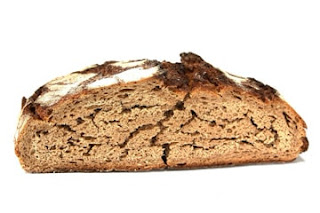Bread
When bread goes stale, the major factor that puts a consumer off is the change in texture, although flavour changes also occur.
When bread goes stale, the major factor that puts a consumer off is the change in texture, although flavour changes also occur.
The textural changes during bread staling, and the processes that drive them, have been outlined in detail in a previous series of blog posts. The exact process of staling is not well understood despite a large amount of research into this topic.
Staling begin s as soon as baking ends, and it becomes detectable to the consumer as early as a few hours after baking. Bread staling presents itself as reduced springiness and reduced crumb softness, both of which can be measured using a firmness measurement with a cylinder probe on a TA.XTplus Texture Analyser.
s as soon as baking ends, and it becomes detectable to the consumer as early as a few hours after baking. Bread staling presents itself as reduced springiness and reduced crumb softness, both of which can be measured using a firmness measurement with a cylinder probe on a TA.XTplus Texture Analyser.
Staling begin
 s as soon as baking ends, and it becomes detectable to the consumer as early as a few hours after baking. Bread staling presents itself as reduced springiness and reduced crumb softness, both of which can be measured using a firmness measurement with a cylinder probe on a TA.XTplus Texture Analyser.
s as soon as baking ends, and it becomes detectable to the consumer as early as a few hours after baking. Bread staling presents itself as reduced springiness and reduced crumb softness, both of which can be measured using a firmness measurement with a cylinder probe on a TA.XTplus Texture Analyser.Additionally, the mouthfeel of both dryness and crumbliness increases, and the crust becomes tougher and less crisp. This change occurs due to moisture movement from the crumb to the crust, but changes to the contained starch molecules are also a major cause.

